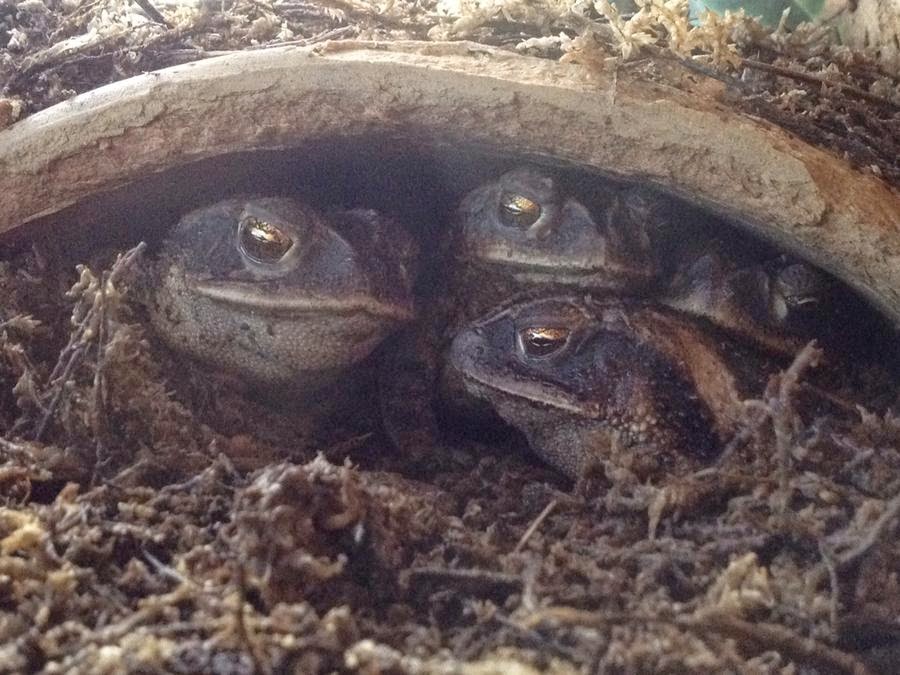That pesky Polar Vortex is at it again, the jet stream
swinging wildly bringing sub zero temperatures to places that rarely get below
freezing. I don’t know about you, but I
have been wondering how animals are coping.
Birds that flew south where the insect population is year round must be
finding bugs hard to come by at the moment.
Robins in search of worms are perhaps bending their little beaks on the
frozen ground. I searched the web for
info on how this cold might be affecting wildlife, but only found advice on
feral cats and horses.
Mostly, the articles
were pointing out that in extreme temperatures animals that are warm blooded,
mammals and birds need more food to fuel their internal furnaces and more water
too. Once again I am encouraging all
those that can, to keep the bird feeders filled and, if you are willing, get a
submersible heating element to put in your bird bath.
Not only will the birds
thank you, but the squirrels will appreciate it too. If you can manage to set one on the ground, then
you will find the raccoons, opossums, fox and all other non-hibernating mammals
will seek it out also. They all need
water.
It is amazing the adaptations animals have for the cold,
from beetles that produce their own bodily antifreeze to frogs who enter
“brumation” (amphibian equivalent of hibernation) and can freeze solid but not
die. I also read that even while in this
suspended animation mode, if the freeze line goes deeper underground, the frog
or toad, while still in a slowed state, will dig down, in their sleep as it
were, to the zone where the temperature is just a little above what they need
to stay alive. Incredible eh? I once
uncovered a wood frog under leaves that seemed like a little frogsicle, yet
when warmed, off he hopped!
Amazing!
We were a military family assigned to Ft Drum years ago
where the temperature would dip to -30. One day, on a hike with my kids, we came
across a pretty snail shell. I popped it
in my pocket and then put it on the counter when I got home. Imagine my surprise when it was scooting
across the counter top the next morning!
It was only Feb so, no, spring had not sprung, so he remained our rather
entertaining pet until spring really did come.
But I still wonder what effect this unexpected cold will
have on the animals that avoid winter by heading south. That is THEIR adaptation, migrating. What happens when the cold migrates along
with you? I will be watching and “googling”
for information on what comes of this extreme cold as far as wildlife is
concerned. Hopefully, if it is not
prolonged, it won’t have any ill effect.
Meanwhile, if TV can show re-runs than maybe I can reach
back to some articles I wrote previously.
One is about how Kinglets, the second smallest bird after hummingbirds, survive the cold of winter
in the north woods of Maine. Another discusses how grand life is in the
“subnivien” zone (area under the snow) for those who live there.
The Kinglet article was written in December of 2010 on the
Cape and can be found at:
The one called “Life in the Subnivien Zone” was written in
Feb of 2011, also from the Cape and can be found at:
If your local news or papers report anything on how wildlife
is coping, I would love to hear about it.
You can either leave a comment, although many people say that is hard to
do or email me at pgonser51@gmail.com. “Each one Teach one” has always been my motto
and I would love to hear what you are seeing in your area. Texas has dipped to the 20’s and 30’s which makes
this New Englander happy, it feels like a proper winter season at the moment. However, my daughters in IL and ME with -35
temps are perhaps less thrilled.
One last tip, animals: cats, raccoons, opossums, etc., will
seek warmth wherever they can find it, which just might be under the hood of
your car. Knocking on the hood before
you start up might not be a bad idea if you know feral cats are in the area.
Stay warm everyone. Put
another log on the fire and another cupful of sunflower seed out in the yard. That way, when you get cabin fever, you can be
entertained watching the comings and goings of the creatures that share your
yard. And know how grateful they are.








No comments:
Post a Comment